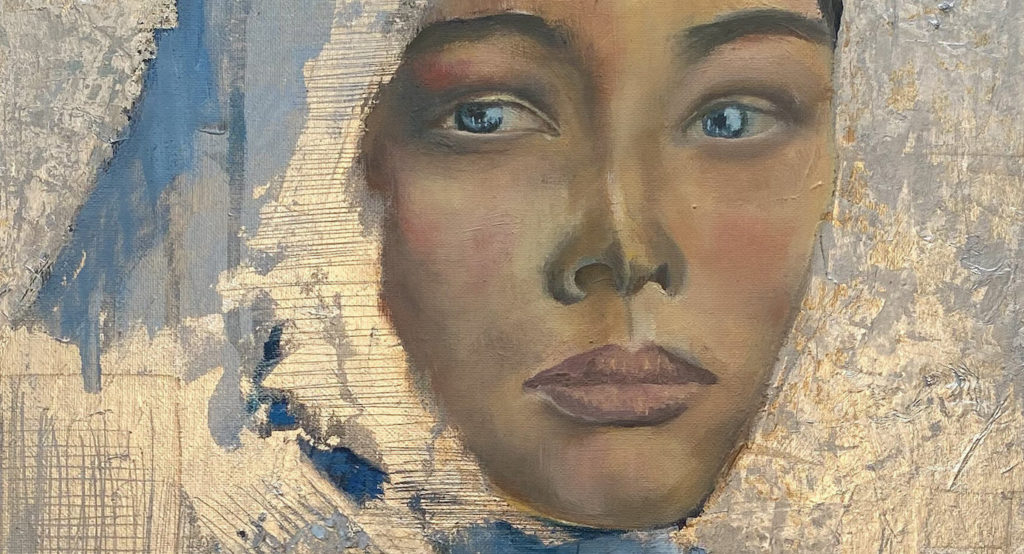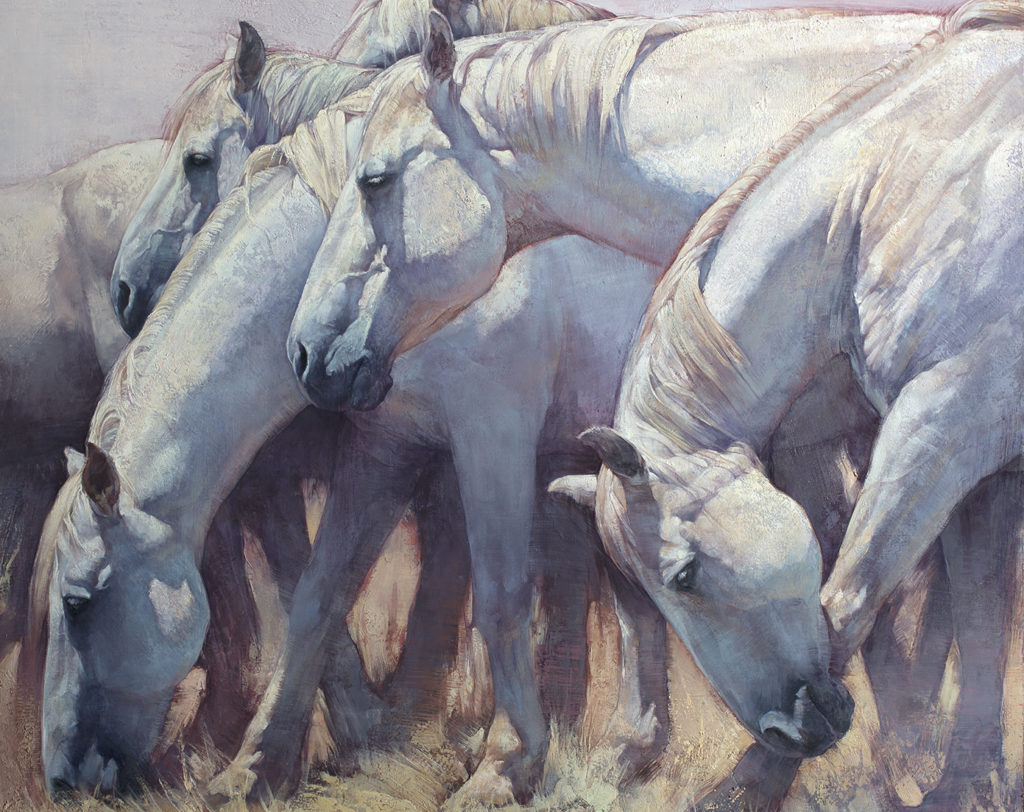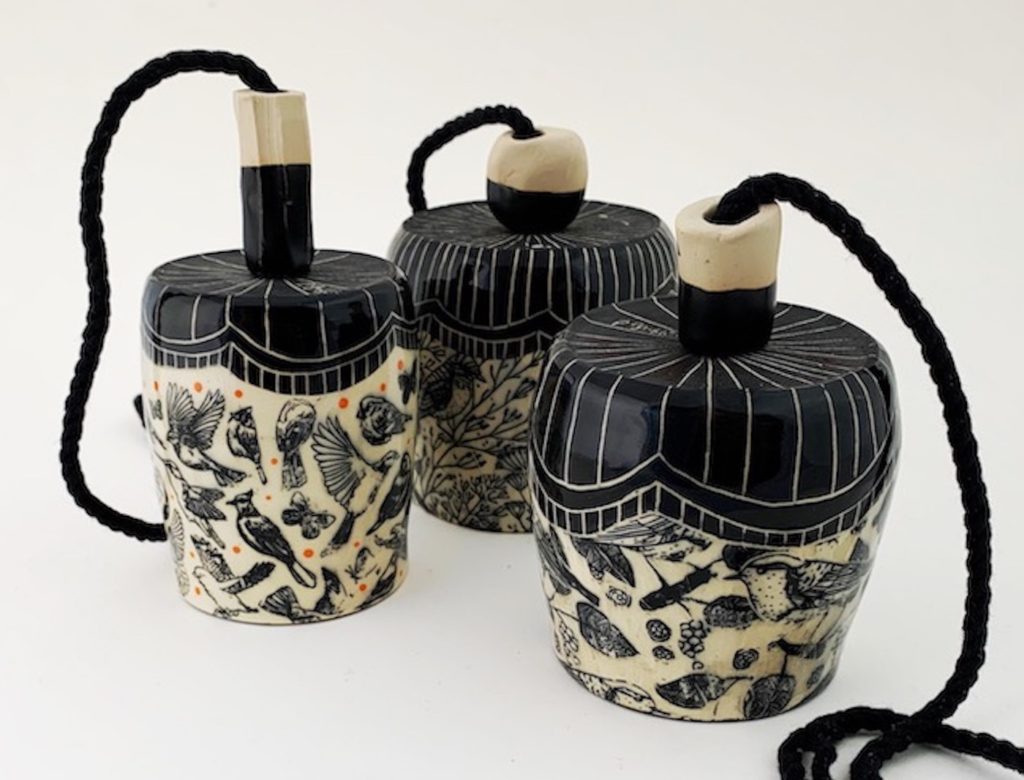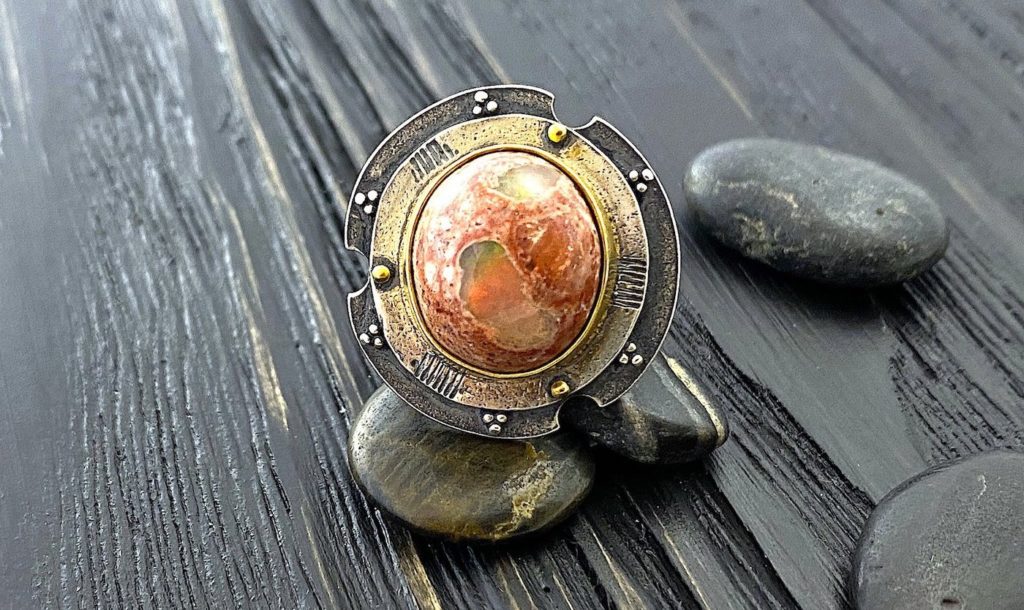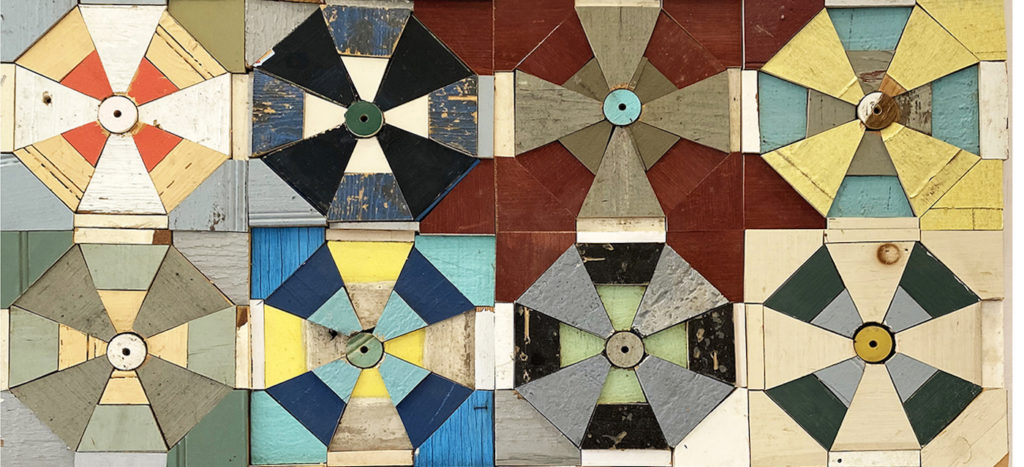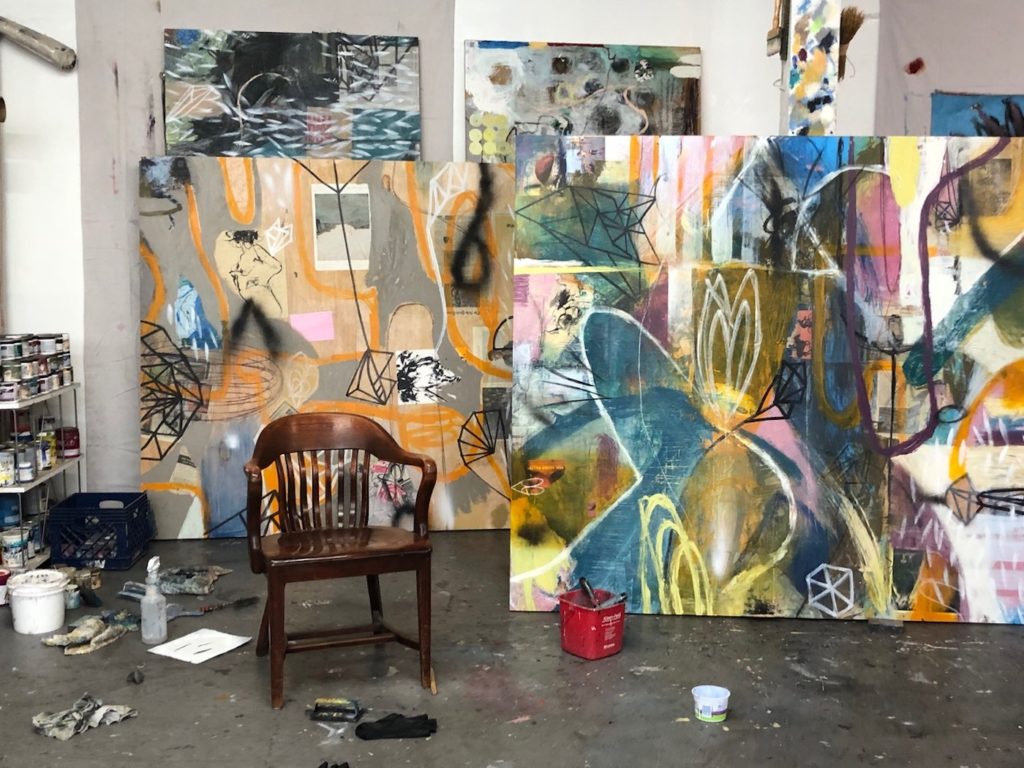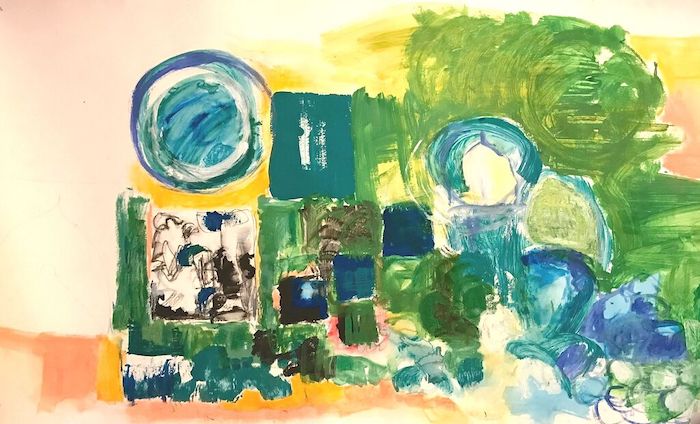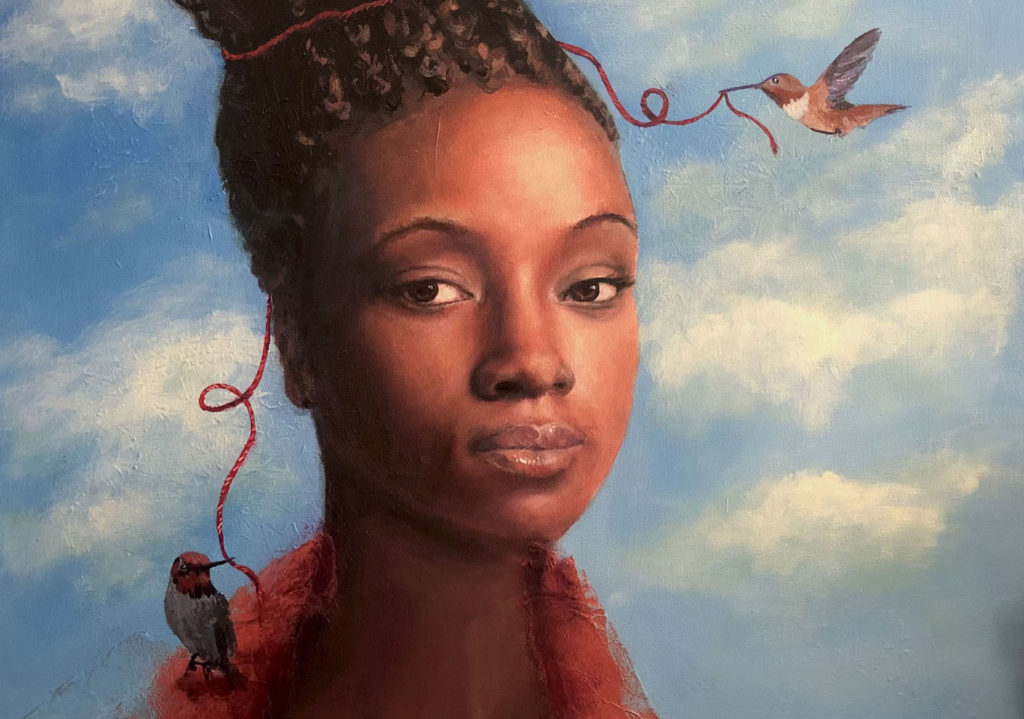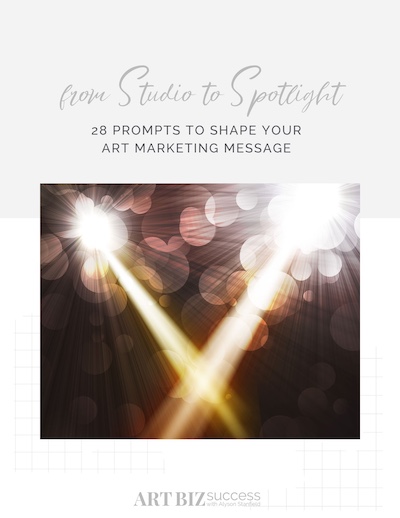The Art Biz ep. 100: Qualities and Tools That Lead to Achievements Worth Celebrating
When I started thinking about the 100th episode of The Art Biz podcast, I had very little enthusiasm around marking the milestone. The podcast exists to talk about artists’ challenges and the strategies they use to improve their results.
Celebrating 100 episodes didn’t seem aligned with that mission.
Fortunately, my good friend Cynthia Morris helped me find the lesson in this occasion that would help you. Cynthia is a rock star coach and podcast host herself who was the guest on the first two episodes of the podcast. In this episode, she says:
And I think that what I’ve seen in the people that I’ve worked with is when we don’t acknowledge the milestones—when we don’t pause to savor and appreciate and see what we did that brought us here—we really lose out on a lot of the benefits that we’ve accrued in the course of making our way to that milestone. It’s almost like running past the finish line and not high-fiving the people.
I agreed:
I do know how important it is to see that you’re making progress. And every milestone shows you that you are making progress. I know how hard it is to look at to-do lists (without the DONE list) and see what you haven’t done.
More than just a self-congratulatory episode, together we discuss the value of acknowledging your progress, however imperfect it may be. We share what it takes to do the work, create the content, and develop the tenacity that results in milestones worth celebrating.
It’s not unlike the tenacity it takes you to make your art and run a business. Listen to see if you agree.
The Art Biz ep. 100: Qualities and Tools That Lead to Achievements Worth Celebrating Read

